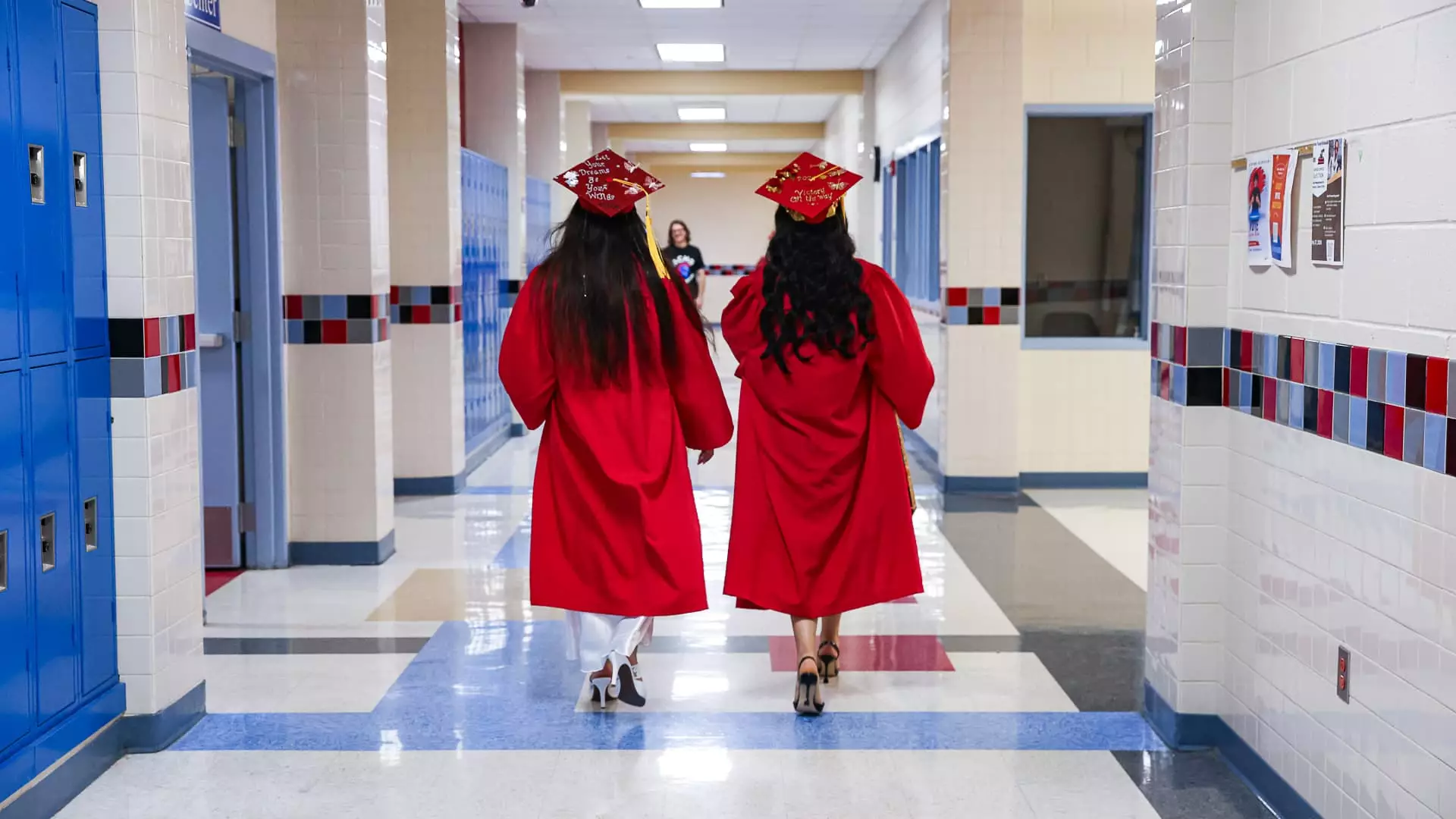The U.S. Department of Education’s recent moves to resume aggressive collections on federal student loans are alarming, especially as up to a million new students prepare to further entrust their futures—and finances—to a flawed higher education system. With around 42 million individuals currently facing the harsh reality of student debt in this country, the situation resembles a financial minefield. Experts like Mark Kantrowitz reveal a startling fact: students may graduate with an average debt load of around $40,000. This increase from $37,000 just last year signals not just a reaction to the current value of education but a predatory landscape that entraps them for decades.
A Forgive-and-Forget Illusion
Despite the Biden administration’s promises of historic loan forgiveness initiatives, relief has remained elusive. This gives rise to the pressing question: when will we genuinely tackle college affordability? Michele Zampini, senior director of college affordability at The Institute for College Access & Success, highlights a crucial point—each new semester introduces more students into a growing pool of borrowers, amplifying the burden. Many institutions tout their roles in fostering education, yet irony drips from the narrative. The debt landscape continues to swell while tangible reforms remain largely unaddressed.
High school graduates today stand at the precipice, with nearly half expected to enroll in a four-year college. It’s a noble pursuit, but one fraught with financial peril. The reality is that over one-third of these students will rely on loans, as tuition costs soar higher than ever—averaging a staggering 5.6% annual increase since 1983. The substantial disconnect between continual tuition hikes and familial ability to pay spells disaster. With families now responsible for roughly 48% of the costs—up from 38% a decade ago—it becomes clear that many parents are investing everything they have in an uncertain outcome.
The Greed of Educational Institutions
In a recent op-ed, U.S. Secretary of Education Linda McMahon made a powerful statement that reflects a pervasive dishonesty in the industry. She argued that institutions often make “empty promises” while profiting off federal student loan programs. This assertion isn’t unfounded; far too many colleges classify themselves as nonprofits, yet continue to accumulate massive endowments and inflate tuition in a manner that is disingenuous at best. Graduating with six-figure debt should be a national embarrassment, but it’s become an accepted norm.
Compounding the issue are deep cuts in state funding for higher education, which have only worsened the situation. The shift in financial responsibility—from state and local governments to students and their families—is glaring. Thirty years ago, tuition accounted for a mere 25% of college revenue; now, it accounts for about half. This disturbing trend indicates a complete disregard for equity in education, forcing those seeking knowledge to pay exorbitant fees simply to gain access—a warped reality where knowledge comes at an impossibly steep cost.
An Inadequate Response
Despite evident statistics that show students sinking deeper into debt, the response from educational institutions and policymakers appears disappointingly inadequate. Zampini’s assertion that we have not seen good faith efforts to address these systemic challenges rings painfully true. The onus of debt, stress, and financial uncertainty should not fall disproportionately on the shoulders of students eager to learn and better their lives.
Our education system needs a radical transformation that moves beyond empty promises and reclaims the integrity of scholarly pursuit. Without dedicated resources, meaningful reforms, and a fundamental shift in how we approach college affordability, we’re simply setting our future generations up for a crippling financial disaster. Hence, it is time to ignite a conversation on comprehensive solutions, for the current trajectory is neither sustainable nor just.


Leave a Reply